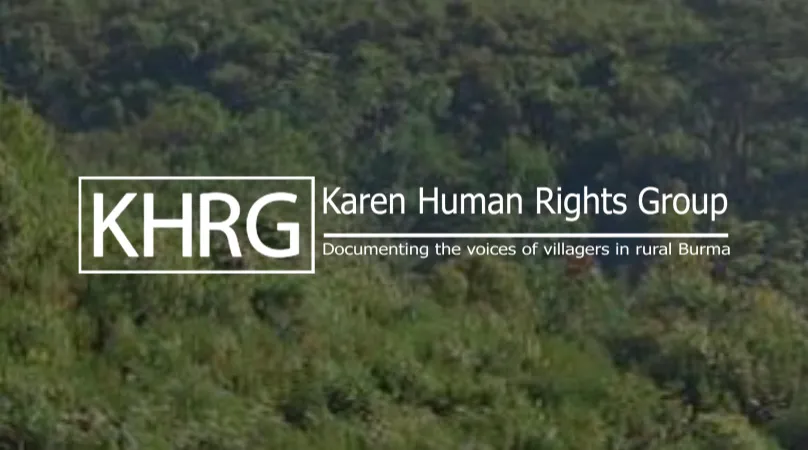ကဘီယူၤဟဲလံ Aircraft coming!
15 November 2024


Executive Summary
Since the 2021 coup, the State Administration Council (SAC) has committed widespread and systematic attacks on civilians. In Southeast Burma, the ‘four cuts’ strategy has been reinvigorated by the Burma Army, attacking civilians and armed resistance fighters alike. However, where past counterinsurgency operations were predominantly conducted through ground forces, since 2021, the SAC has unleashed a relentless wave of attacks by air, leaving civilians unable to escape or shield themselves effectively from sudden and devastating assaults. These attacks are conducted indiscriminately, and in many cases, are directed at the villagers and their communities.
Air strikes in Southeast Burma since 2021 are particular in their nature: they are conducted without warning, on villages, homes and schools, and with suddenness and magnitude. While some air strikes are conducted on particular villages using a limited number of large munitions, other areas have been subject to waves of bombardment. Some air offensives follow fighting or other military activity, but other air strikes are conducted in the absence of any identifiable link to the armed conflict. Despite their variation, the scale and magnitude of such attacks on civilians across locally-defined Karen State is consistent.
In this report, KHRG presents the multiple, widespread, and interlinked impacts of SAC air strikes on villagers and their communities, through villagers’ own experiences and perspectives. Reports collected on incidents occurred within the reporting period (February 2021 to June 2024) show the dire consequences of the SAC’s direct and indiscriminate air attacks including extensive loss of life and injury; mass displacement; physical damage to entire communities; and deep psychological harm. To this day, many villagers and children remain displaced, unable to return to their villages, facing acute food insecurity as well as escalating health, education and livelihood challenges.
Villagers navigate these impacts and challenges amidst the ongoing risk of air strikes. They employ self-protection strategies such as using bunkers, fleeing the area upon warnings from others on aircraft movements, as well as reducing visibility and movement to avoid being targeted. Community leaders, villagers, and local civil society and community-based organisations do their best to utilise community structures to mitigate the impacts and challenges, however they do so in an environment of armed conflict, diminishing resources, the SAC’s blockage of humanitarian aid, and a void of international support. There remain significant gaps in protection, particularly for children, pregnant women, the elderly and persons with disabilities.
By shedding light onto the nature and scale of SAC attacks, which amount to gross violations of international human rights and humanitarian law, KHRG aims to redress the lack of information on the situation in Southeast Burma, and to contextualise air strikes within the protracted history of oppression by the Burma Army in Karen State. By showing the impacts of air strikes on the lives of villagers in Southeast Burma since 2021, and projecting the voices of witnesses and survivors, we aim to bring attention to the immediate needs and ongoing hardships of villagers caused by SAC air attacks, urging for relevant stakeholders to take decisive action to protect civilians. This report also serves as an invitation to acknowledge local villagers’ hopes and demands for a future of peace, justice and freedom.
Announcements
28 February 2025
Asian NGO Network on National Human Rights Institutions , CSO Working Group on Independent National Human Rights Institution (Burma/Myanmar)
Open letter: Removal of the membership of the dis-accredited Myanmar National Human Rights Commission from the Southeast Asia National Human Rights Institution Forum

Progressive Voice is a participatory rights-based policy research and advocacy organization rooted in civil society, that maintains strong networks and relationships with grassroots organizations and community-based organizations throughout Myanmar. It acts as a bridge to the international community and international policymakers by amplifying voices from the ground, and advocating for a rights-based policy narrative.